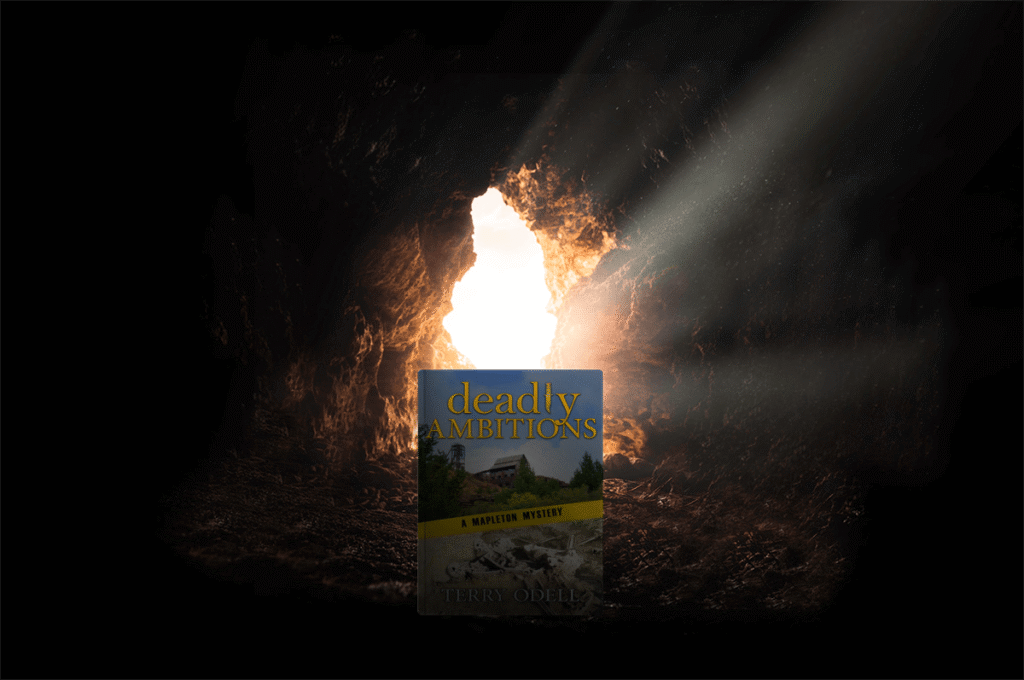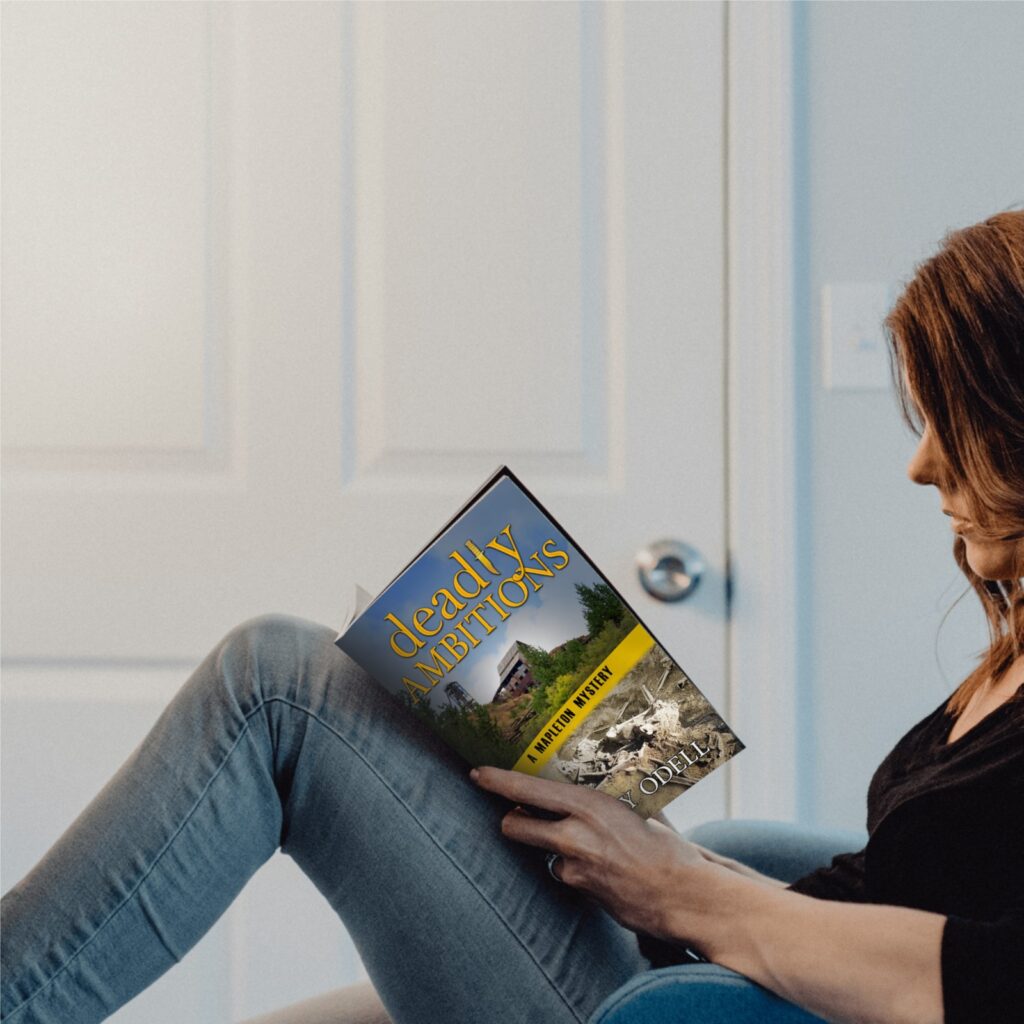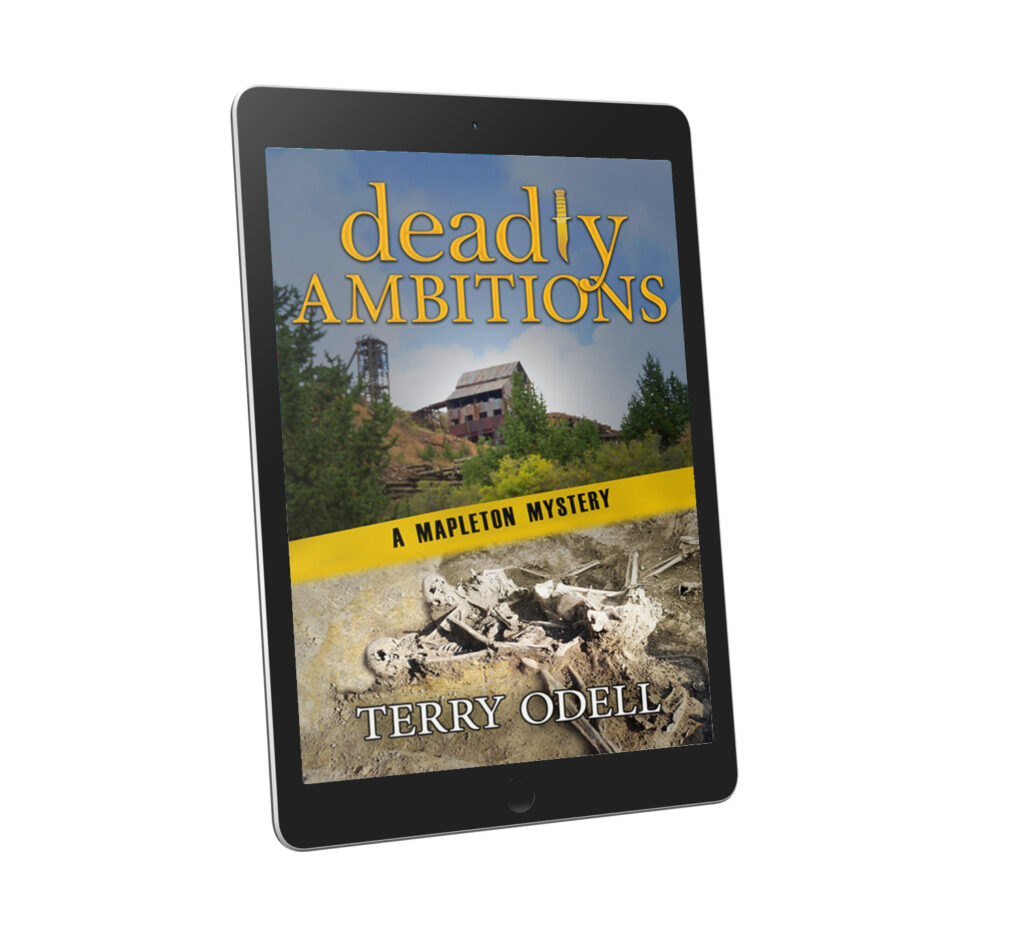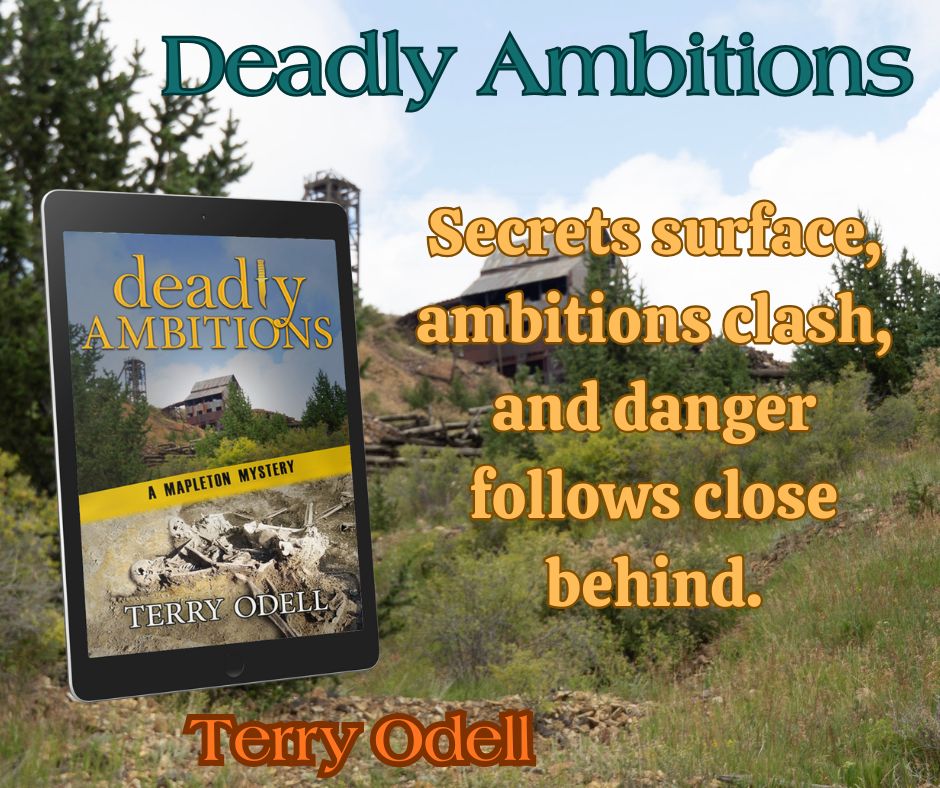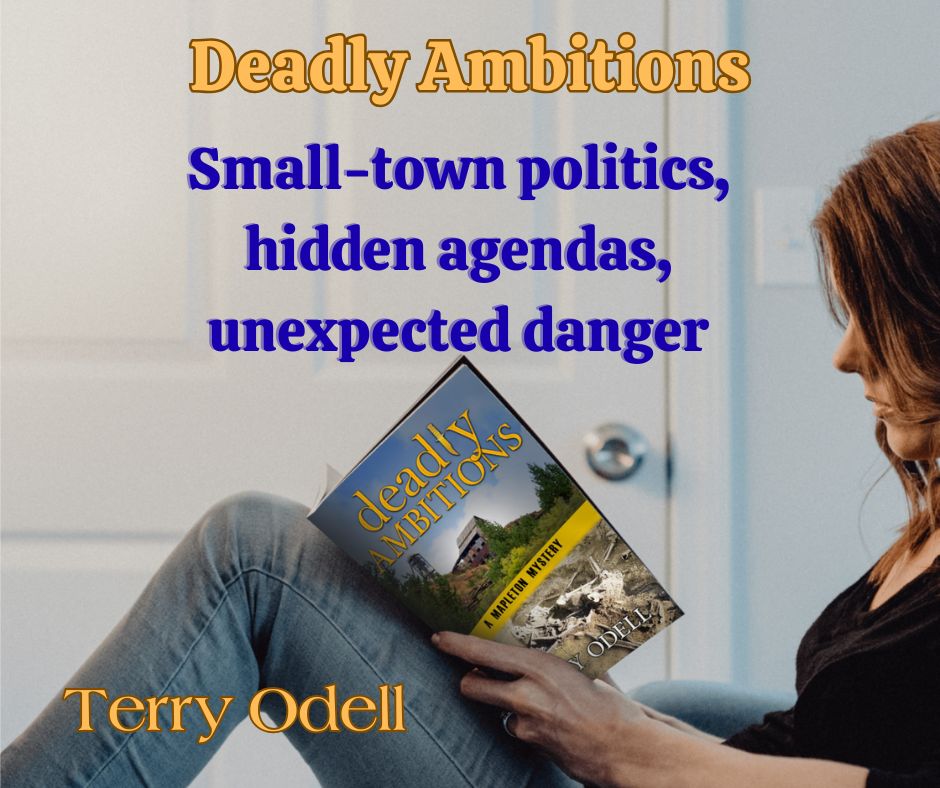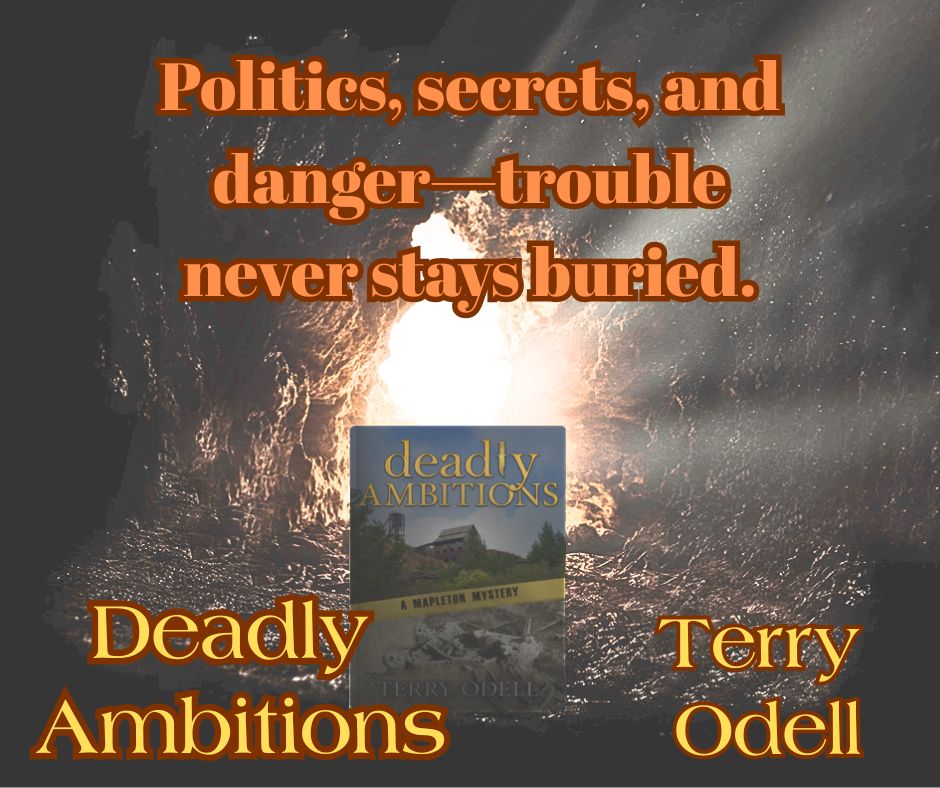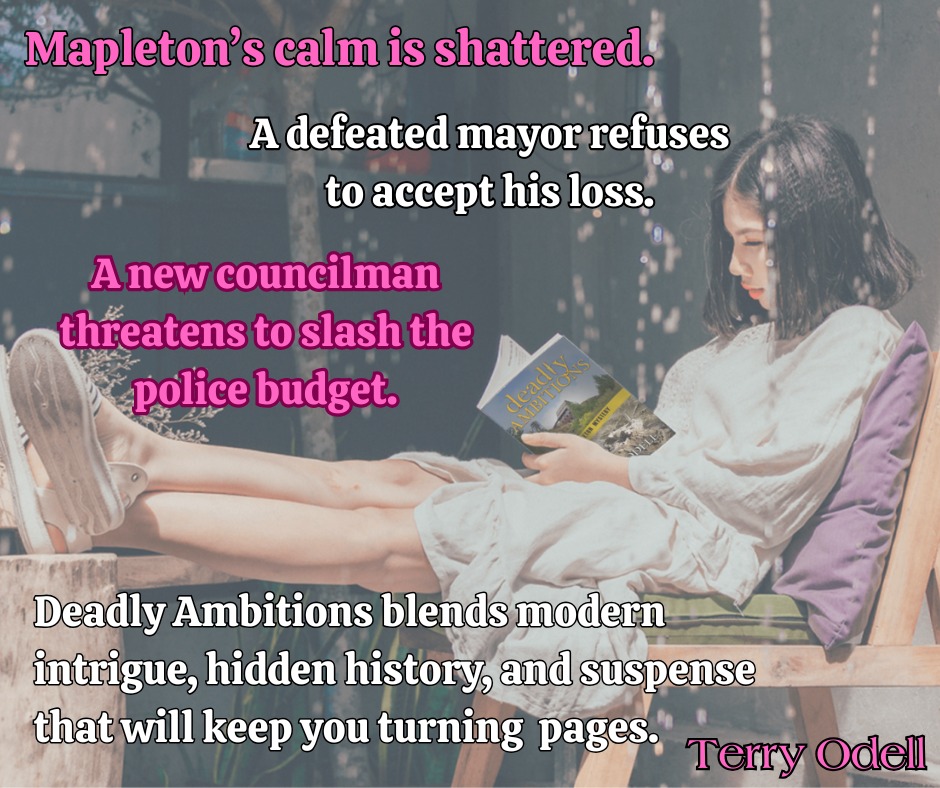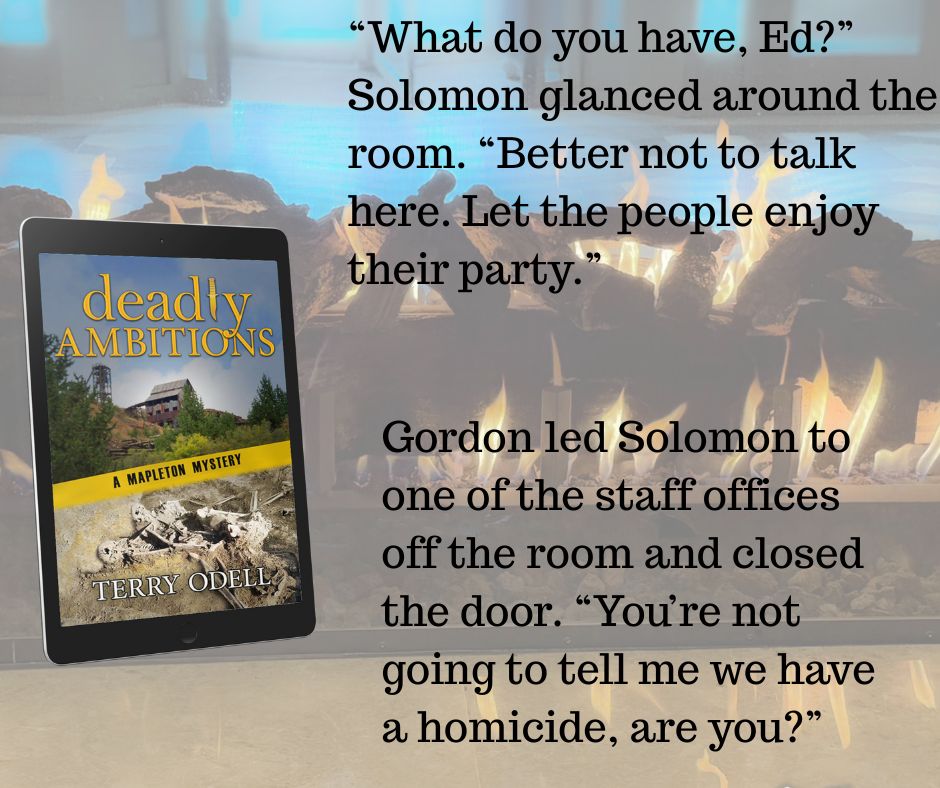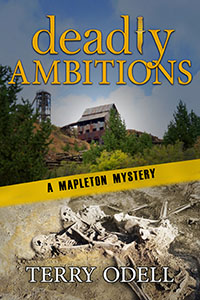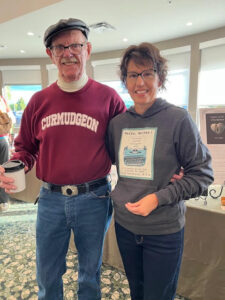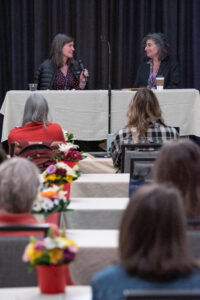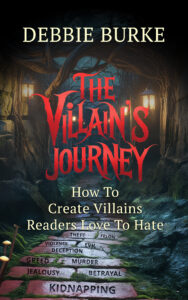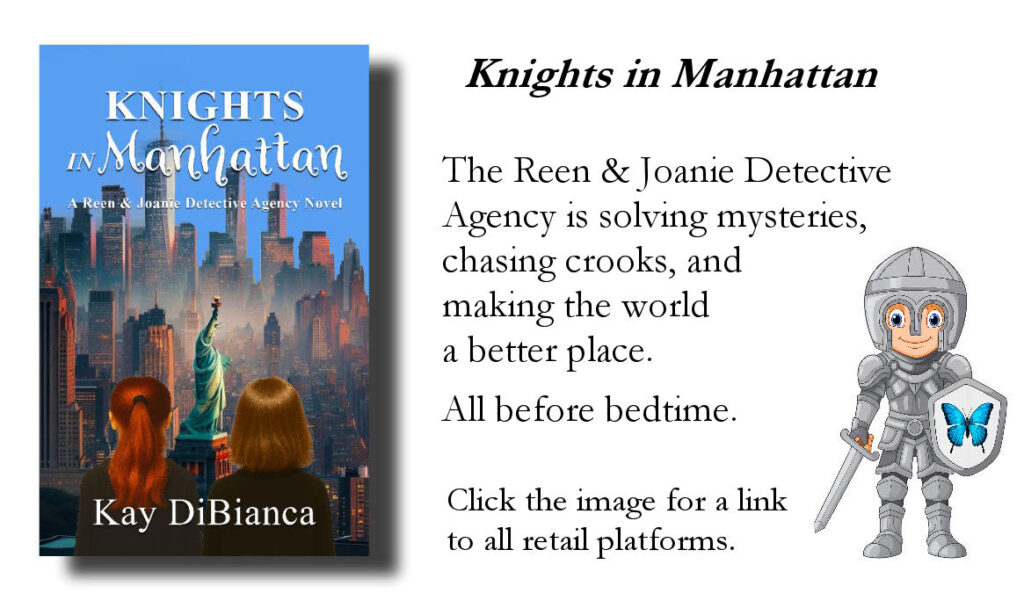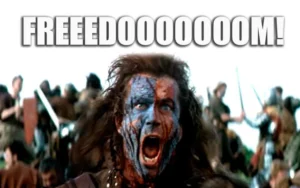By PJ Parrish
There are countless good non-fction books out there on how to write novels. They’ve come up in our conversations here mutliple times over the years. Stephen King’s On Writing is probably most quoted here. Sometimes for its basic advice on craft:
The road to hell is paved with adverbs.
But sometimes for the personal truths he reveals that resonate with anyone facing a blank page:
I have spent a good many years since―too many, I think―being ashamed about what I write. I think I was forty before I realized that almost every writer of fiction or poetry who has ever published a line has been accused by someone of wasting his or her God-given talent. If you write (or paint or dance or sculpt or sing, I suppose), someone will try to make you feel lousy about it, that’s all.
Man, I can relate to that one. Or I suspect any of you out there can who have heard variations of “When you gonna get a real job?” Or “Why don’t you write someone good?”
Another books on craft have illuminated my way through the craft caverns. I love Blake Snyder’s Save The Cat! The Last Book On Screenwriting. Because we can all learn stuff from good screenwriters. One of my fave quotes:
You can be near the cliché, you can dance around it, you can run right up to it and almost embrace it. But at the last second you must turn away. You must give it a twist.
But my favorite book on writing is Anne Lamott’s Bird By Bird. This single quote helped change my writing style. It also helped me let go of my obsession with geometrically folded towels:
Perfectionism is the voice of the oppressor, the enemy of the people. It will keep you cramped and insane your whole life, and it is the main obstacle between you and a shitty first draft. I think perfectionism is based on the obsessive belief that if you run carefully enough, hitting each stepping-stone just right, you won’t have to die. The truth is that you will die anyway and that a lot of people who aren’t even looking at their feet are going to do a whole lot better than you, and have a lot more fun while they’re doing it.
Okay, so I’m still anal about my linen closet but I no longer restack the dishwasher after my husband does it and when he helps me decorate the Christmas tree, I don’t rehang the ornaments after he goes to bed. I am still going to die someday, but at least I don’t fret about getting caught in old underwear when it happens.
Since I have been doing a lot of reading lately due to vacation, family business, and a bout with the RSV virus, I have also come to realize that novels have much to teach us about craft. Let me suggest just a few and what they have taught me.
Beloved by Toni Morrison
This book gave me two gifts: First, that theme is the backbone of every memorable story. Beloved grapples with huge social themes rooted in our complex history, but even our modest crime genre novels are elevated when the writer moors the story in theme. Beloved also taught me a valuable lesson early in my writing career: that I didn’t have the craft chops to handle a two-story plot. Morrison seamlessly toggles between two parallel stories; I learned that I had to abandon one of my early parallel plots to make my story work. Know your limits, perhaps?
Silence of the Lambs by Thomas Harris.
This book drove home for me what Kurt Vonnegutt preaches: Every character must want something, even if it is only a glass of water. Character motivation is one of the pillars of great fiction, and Clarice Starling is a stellar example of how “want” must go beyond the superficial. What does Clarice want?
- To catch Buffalo Bill before he kills Catherine. (classic ticking clock plot)
- To prove herself among the male FBI trainees. (classic underdog story)
- To impress her boss Jack Crawford (in the book a relationship is implied)
- To live up to the memory of her beloved sheriff/father who was killed in line of duty.
- To silence her own inner demons. After her dad’s death, she is taken in by a relative on a sheep ranch where she tries to save a lamb from slaughter and as punishment is sent to an orphanage. (A story she reveals to Lecter). The book ends with Clarice sleeping peacefully. (The movie ending is better, imho).
The five levels of “want” are criticial to our understanding of Clarice, as they represent a descent into her psychological oubliette — symbolically as unsettling as the horrific basement well where Catherine is kept hostage. This relates to an exchange between Lecter and Clarice regarding Buffalo Bills’ motivation:
What need does he serve by killing, Clarice? He covets. How do we begin to covet? We begin by coveting what we see every day.
As writers, we must know what our characters want. Not just at the superficial level. We must be willing to explore the deepest dungeons of what they covet.
The Road by Cormac McCarthy
I read this book 20 years ago on a trip to Chennai, India. It was August and it was so hot the aspalt steamed at night. There was something jarring in the juxtaposition of beauty and ugliness, in the cacaphony of bright colors, noise, and relentless press of too many human beings. In some moments, the city’s chaos felt apocalyptic. The imagery of McCarthy’s book haunted me:
Hydrangeas and wild orchids stand in the forest, sculptured by fire into “ashen effigies” of themselves, waiting for the wind to blow them over into dust. Intense heat has melted and tipped a city’s buildings, and window glass hangs frozen down their walls. On the Interstate “long lines of charred and rusting cars” are “sitting in a stiff gray sludge of melted rubber. … The incinerated corpses shrunk to the size of a child and propped on the bare springs of the seats. Ten thousand dreams ensepulchred within their crozzled hearts.
There is one scene I cannot get out of my head. The man and boy, surviving cannibal “bad guys,” discover a cache of canned food in a cellar. They sit in the rubble and eat peaches, a symbol of the lost world and of hope. What did this book teach me about writing? That imagery is the lifeblood of any powerful story. Not just passages of description but of that one telling detail, that can encapsulate your entire theme — peaches. McCarthy’s spare but evocative imagery taught me to be braver — and briefer — in my own descriptions. Less is more. But the “less” must be more effective.
Oh geez. I’ve flapped my gums too long again. I have four other books I wanted to talk about here, but I’ve run long. Quickly: Rowlings’ Harry Potter books taught me that a swift-flowing and sure-footed plot can make up for meh writing. Madame Bovary gave me the courage to write a male protag. (Louis Kincaid, c’est moi!) Charlotte’s Web (yes you can — indeed, must — kill off a sympathetic character).
What novels have made you a better writer?






 In
In 
